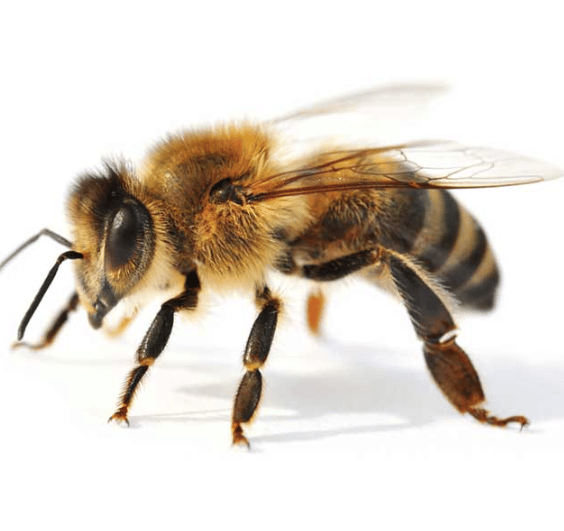How do underwater plants reproduce if there are no bees to help them?
In the sea, and in all oceans, pollination occurs through water. Pollen produced by one plant is spread to other plants by marine currents; thanks to this mechanism, plants on the sea floor can continue to reproduce. Or at least this is what we thought was true until recently! Certainly, it remains unchanged that water and its currents are key factors in marine plants reproduction. But in 2016 a study, that lasted for four years, discovered crustaceans which perform the same task that bees have on land: going from flower to flower carrying pollen.
The Study that first identified these marine pollinators took place between 2009 and 2012, in Caribbean waters. The goal of the study was to observe and monitor the nocturnal life of living creatures found in fields of Thalassia testudinum, a sea grass that is very common in those seas. From the many hours of video footage recorded during the research, it was noted how some of the seabed’s animals, frequently visited pollen-laden male flowers, and then moved on to the female flowers. The animals, stars of this scientific discovery, are small crustaceans, ranging in size from 0.06mm to 1mm; they are called Benthic Organisms because they live in close contact with the seabed. This was then a revolutionary discovery given the, until then certain, belief that the only pollen carrier in the oceans was water and its motions.
To verify these new hypotheses, experiments were carried out following the discovery. The team of scientists prepared two aquariums containing seawater and Thalassia testudinum, but only in one of the two aquariums the crustaceous were included. Within 15 minutes, pollen grains were noticed on the female blooms, in the tanks containing the invertebrates, while the blooms in the tanks with no invertebrates had not obtained any pollen. In the absence of water movement, pollen grain germination, that is index of occurred pollination, was frequent in the tanks where marine invertebrates were present, but rare or nonexistent in their absence. The conclusion of this experiment confirms how these benthic invertebrates act as marine pollinators.
But what leads these animals to help plants in their reproduction?
For bees and all other terrestrial pollinators, the reward for their labor is food. Plants and flowers here on the dry land do their best to attract these insects, producing nectar and taking on showy shapes and colors. But how do seagrasses get the help from these invertebrates? What do they give them in return? In this case, the prize is pollen itself; while the invertebrates binge on it, some of the pollen, probably, sticks to their bodies and is then dragged to female flowers. Or at least this is a hypothesis of the possible pollination mechanism of these crustaceans.
So far it is known that underwater pollinators, visit the marine grasslands of Thalassia, which has relatively large flowers. But it is not yet clear how important invertebrate pollinators may be to other Phanerogamous species.
SOURCES
